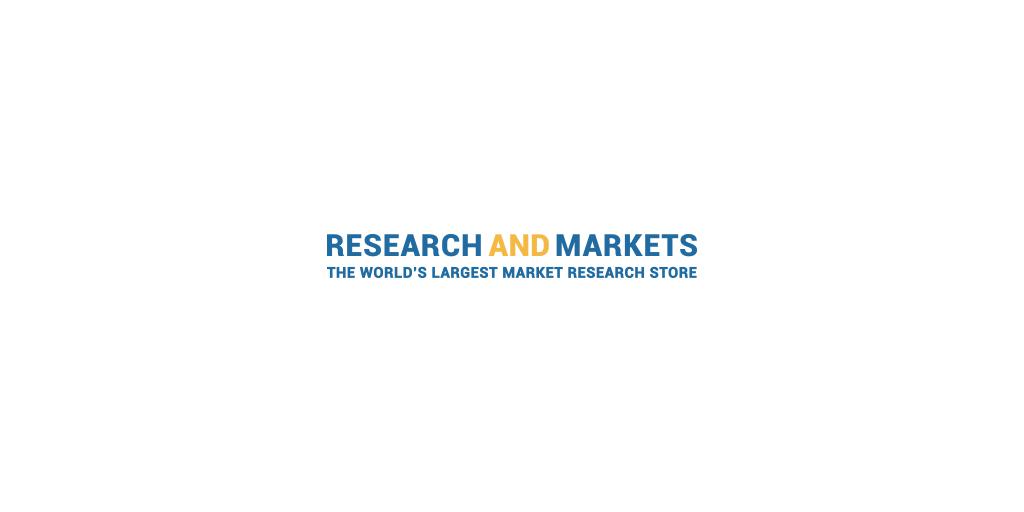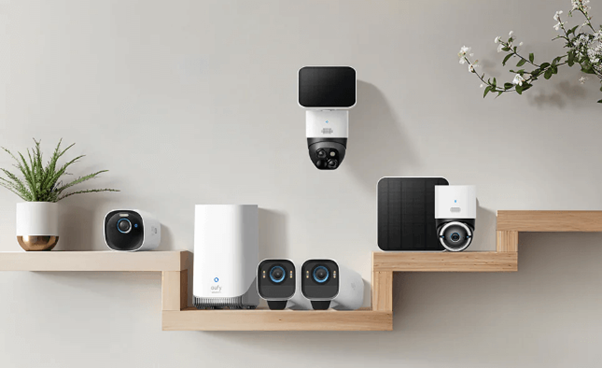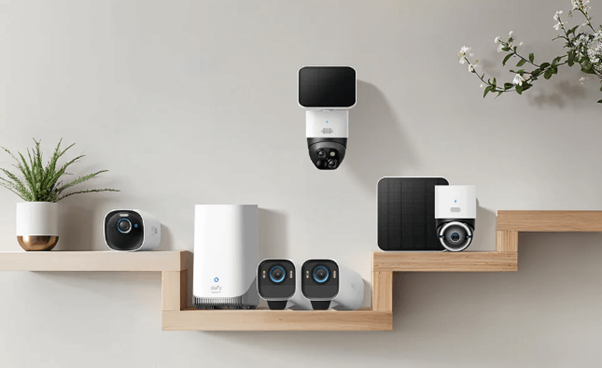DUBLIN--(BUSINESS WIRE)--The "Global Connected Health and Wellness Solutions Market Size, Share & Industry Trends Analysis By Product, By Personal Medical Devices Type, By Wellness Products Type, By Software & Services Type, By Function, By End User, By Application, By Regional Outlook and Forecast, 2021-2027" report has been added to ResearchAndMarkets.com's offering.
The Global Connected Health And Wellness Solutions Market size is expected to reach $104.8 billion by 2027, rising at a market growth of 19.4% CAGR during the forecast period.
Connected healthcare is a type of health management system that uses technology to deliver medical services to patients remotely. It comprises the usage of mobile health equipment, services, and e-prescriptions. Factors such as increasing healthcare research and interoperability, as well as digital data management along with active government backing, all contribute to increasing the utilization of this solution.
Several consumers now place a higher value on personalization than on data privacy. Natural and clean products are becoming increasingly popular. Digital and social media platforms are gaining considerable significance. In addition, consumers who are concerned about their health are increasingly using wearable, connected devices, and mobile apps to track their progress, and they expect their doctors and insurers to provide personalized wellness tips, educational content, and treatment reminders in a timely and proactive manner. As a result, businesses must develop a worldwide wellness platform that collects data from a wide range of devices and generates actionable insights into each person's unique behavioral pattern.
As the number of people suffering from chronic illnesses rises, the requirement for disease management and continuous patient monitoring technologies also increases, hence, the demand for connected health and wellness equipment is inversely increasing. These devices are linked to computerized patient health data & records and give patients access to the information they require during the treatment. In addition, developments in technologies are also lowering the costs of medical services and equipment and making healthcare more accessible to people. The tremendous growth of the market has also been aided by high-speed internet and favorable government programs.
Market Growth Factors:
The emerging trend of blockchain technology
Data security is still an issue in a variety of businesses, including healthcare. The healthcare industry is embracing blockchain technology as a way to more efficiently and securely handle, store, and retrieve patient records. In addition, according to a blockchain council article, blockchain-based technology protects the patient's identity and keeps track of where it came from. Moreover, Medicalchain unveiled its telemedicine website, MyClinic.com, in May 2018, where users can receive doctor consultations over video and pay with MedTokens.
Penetration of the connected health and wellness technology across smartphones and wearables

The popularity of smartphones along with smart wearable devices has considerably increased as technology continues to revolutionize. Patient care and the demand of patients for monitoring their own health has grown, bringing a new range of advantages across the market. Trackers, glucose meters, and blood pressure monitors are examples of wearable devices that can be used to track activities such as heart rate, calories burned, and distance traveled. Because patients can assess self-medical indicators with these gadgets, the expenditures of regular checks are also significantly lowered.
Marketing Restraining Factor:
Rising patient engagement
Patients who are dedicated to achieving their own healthcare goals and save money while having better health. Using telemedicine to engage patients can help them keep their appointments as well as care schedules on track. Increased engagement activities can also help healthcare practitioners in encouraging their patients to make healthier lifestyle choices, which can assist to reduce the risk of various disorders and chronic diseases such as blood pressure, obesity, and diabetes.
Virtual visits not only comfort patients that their doctors are available and active in their care, but they also make it much easier for them to ask questions, report early indications, and schedule follow-up appointments to ensure they're on track.
Market Segments Covered in the Report:
By Product
By Function
By End User
By Application
By Geography
Key Market Players
For more information about this report visit https://www.researchandmarkets.com/r/kncsez
Contacts
ResearchAndMarkets.com
Laura Wood, Senior Press Manager
press@researchandmarkets.com
For E.S.T Office Hours Call 1-917-300-0470
For U.S./CAN Toll Free Call 1-800-526-8630
For GMT Office Hours Call +353-1-416-8900




